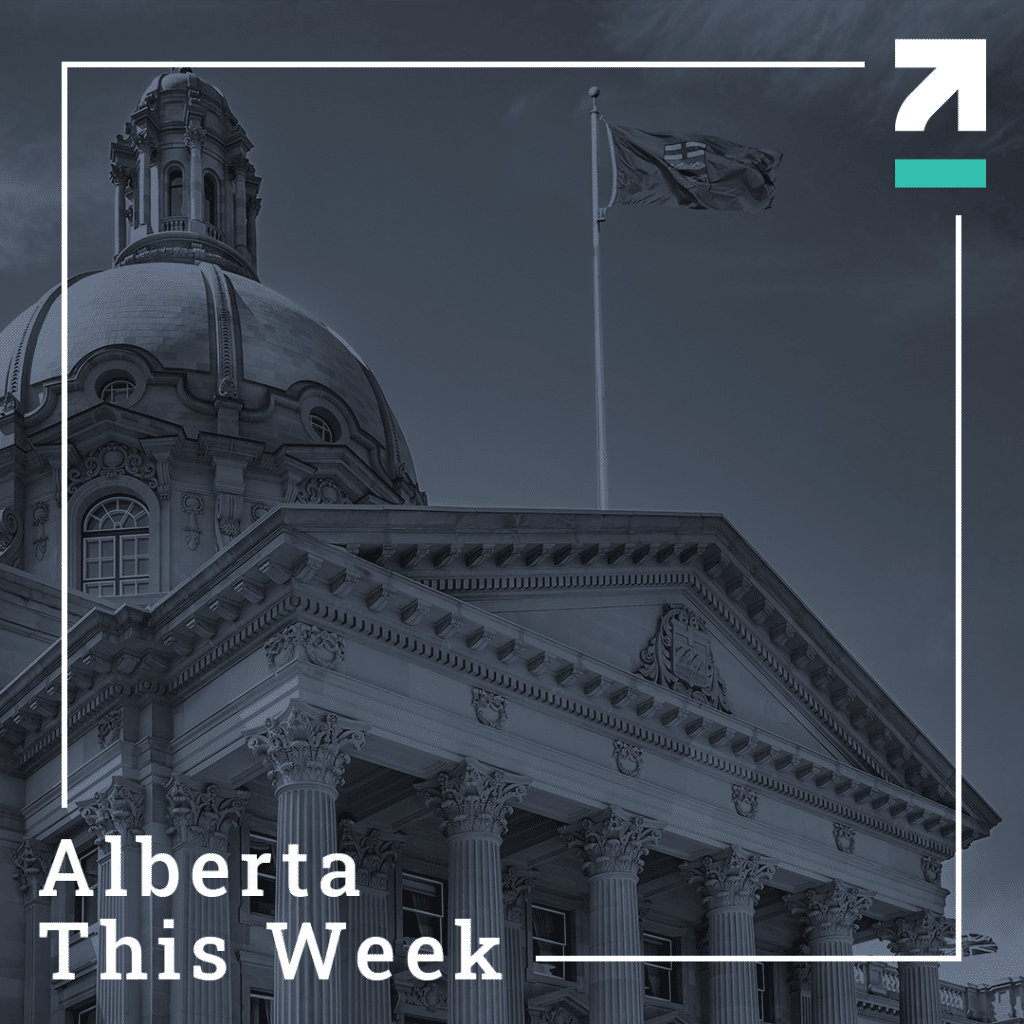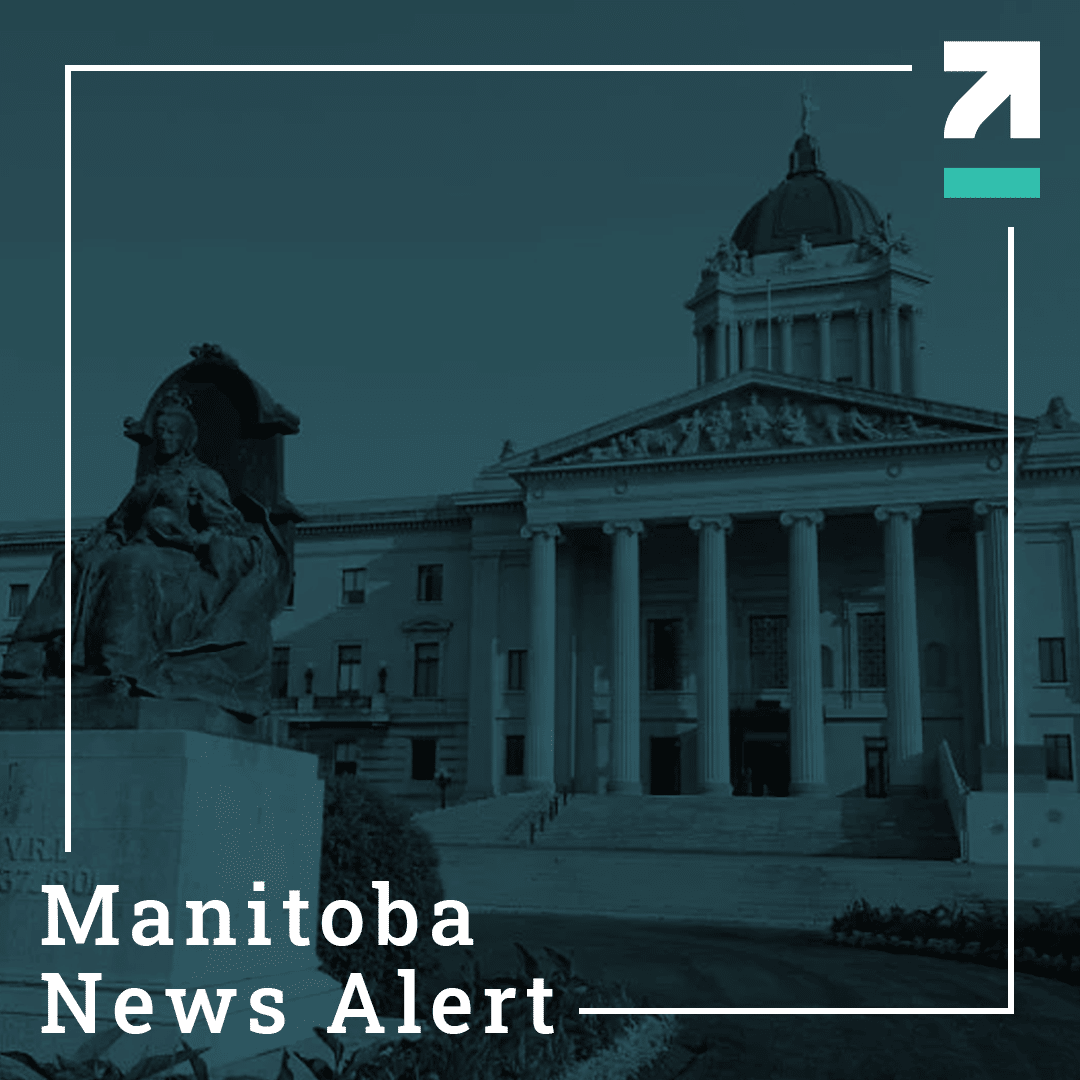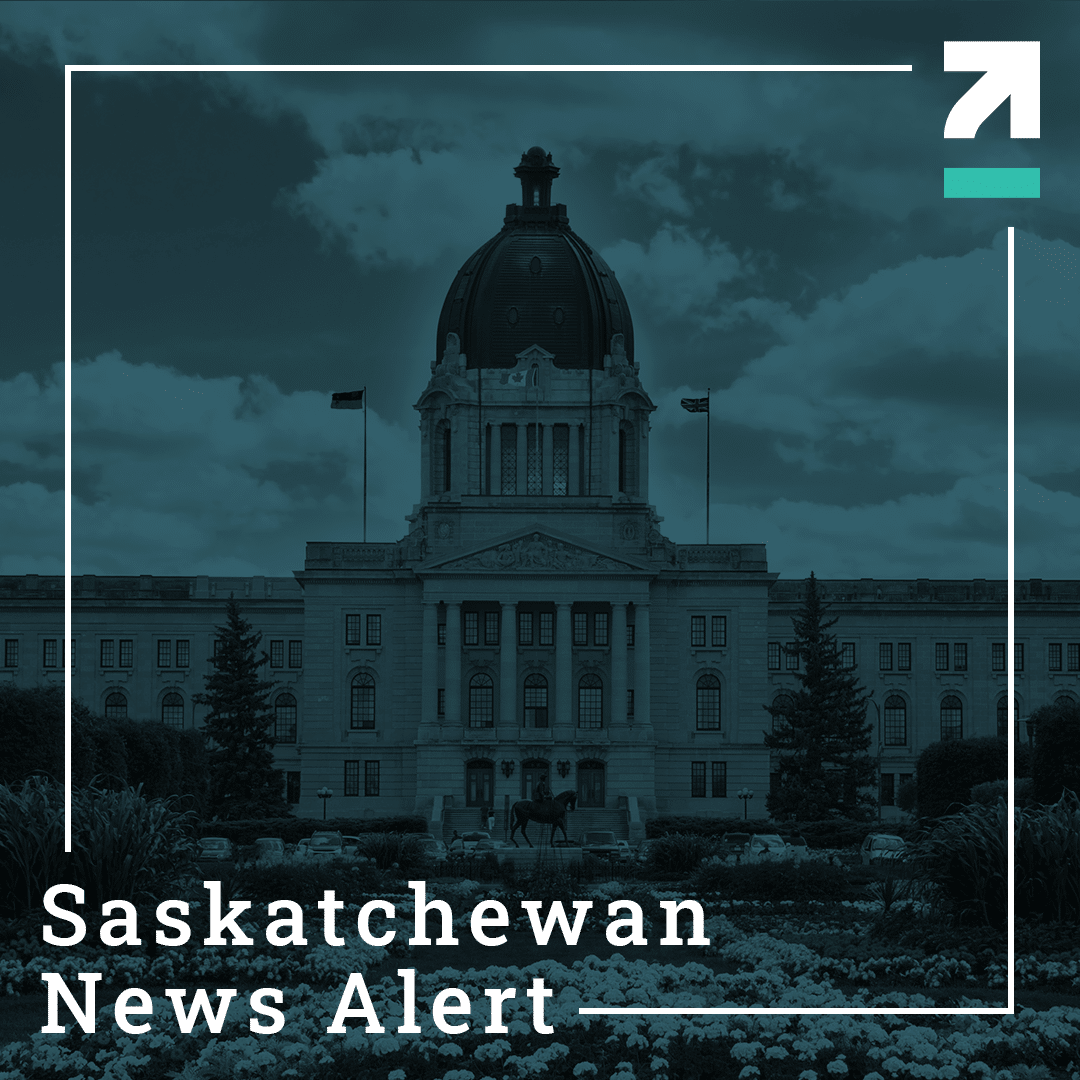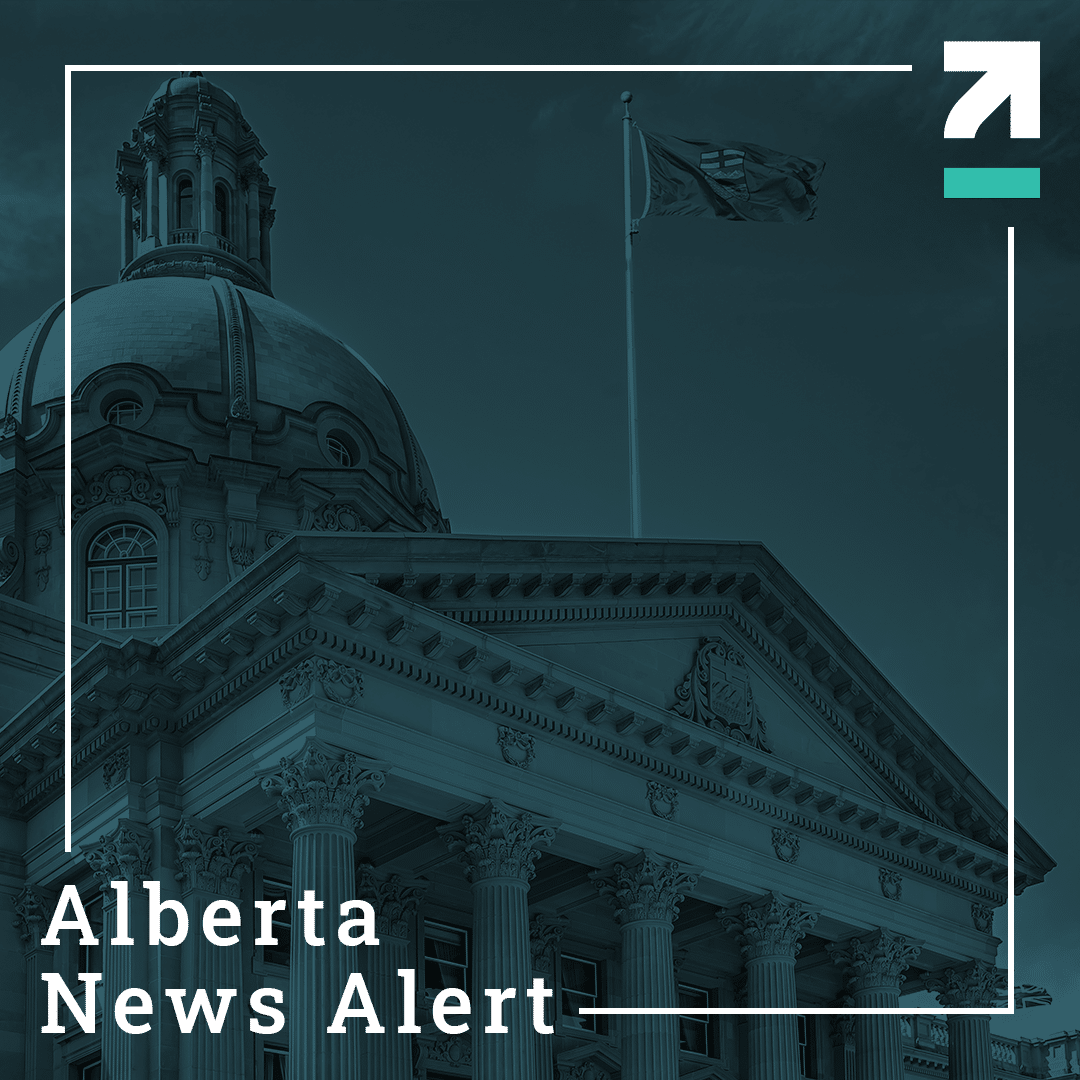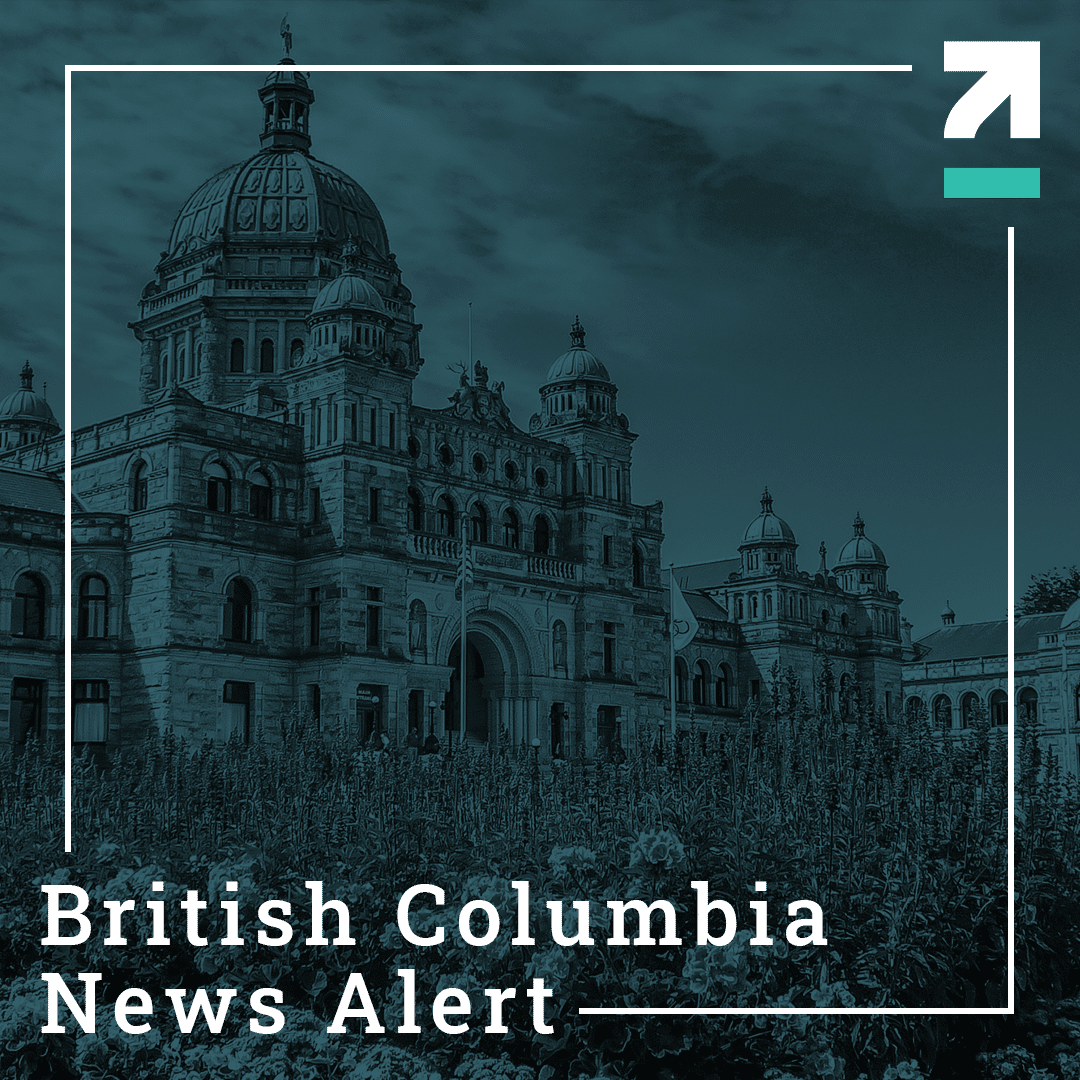What to Expect
Tomorrow is the cumulation of a long process for UCP members to review Premier Kenney’s leadership. An early April convention was transitioned to a mail in ballot when registration numbers drastically exceeded the capacity to host an in-person event. Ballots had to be received May 11, and results will be announced tomorrow late afternoon or early evening.
The vote is a simple yes or no in terms of confidence in the leader. But just like everything else in politics, the implications may not be that simple. Most pundits are predicting the Premier will receive the endorsement of the party. But those predictions are based on guessing and gut versus any polling of members or tracking.
There are two scenarios. If the Premier gets less than 50 per cent support, a leadership vote will be triggered. Nothing prevents the Premier from being a candidate. That said, he has indicated he intends to respect the result, while saying any endorsement of his leadership needs to be respected as well.
Should the Premier receive more than 50 per cent support, the matter is closed from a party perspective. However, politics continues. The margin of victory could drive debate. The Premier and caucus will need to determine how to deal with dissenting MLAs should they not embrace the result. At the same time, those MLAs may choose not to remain in caucus. The stronger the endorsement, the more leverage the Premier and his team have. The UCP has a sizeable majority that can handle some departures.
If the Premier is successful tomorrow, he will likely transition quickly to focus his government and his caucus on external politics and election readiness. A May 2023 election is just one year away. A cabinet shuffle could follow the spring session as he unveils the team he wants to highlight and put in front of voters.
Tomorrow fulfills a formal review process for the UCP, but there may still be plenty of political chess ahead.
The Week That Was
The provincial government is adding more than 7,900 seats to post-secondary institutions in Edmonton and Calgary. The targeted enrolment expansion program is a key part of the recently announced Alberta at Work initiative, which aims at getting students the skills and training they need to enter the workforce. Some of the programs covered include child care, IT, health care, engineering, and business.
To stimulate tech innovation, Alberta will be investing $18.7 million over the course of a three-year period. The investment will be directed toward the following eight regional innovation networks:
Calgary Innovation Coalition, $6,946,000
Central Alberta Regional Innovation Network, $1,638,000
Edmonton Regional Innovation Network, $4,888,500
East Central Alberta Regional Innovation Network, $787,500
Wood Buffalo Regional Innovation Network. $735,000
Grande Prairie Regional Innovation Network, $778,500
APEX: Southeast Alberta Regional Innovation Network, $1,785,000
The Regional Innovation Network of Southern Alberta, $1,171,700
The province will be providing additional $6 million in business loan funding to women entrepreneurs to help economic growth and recovery.
Last week, the government announced that 19 of the promised 50 additional Intensive Care Unit beds have already been added to Alberta’s healthcare system.
Over 40 companies have submitted proposals to sequester carbon to the Alberta government. The last round of pore-space applications in the province was confined to the Edmonton region, where six projects received government approval to explore carbon-hub projects, but the latest CCUS hub proposals covers pore space right across the province.

